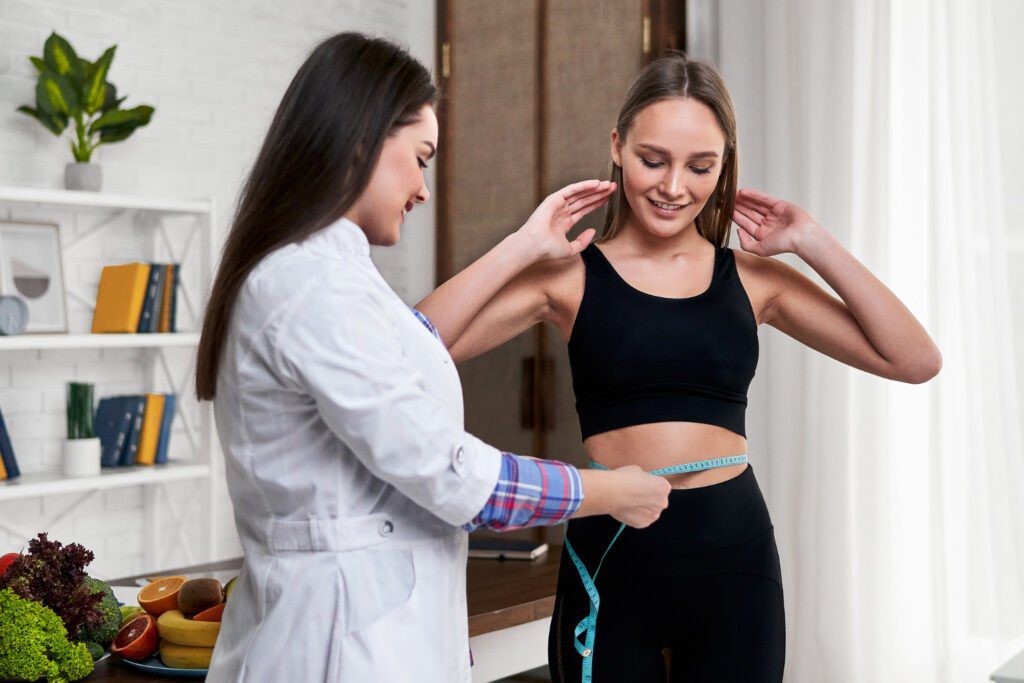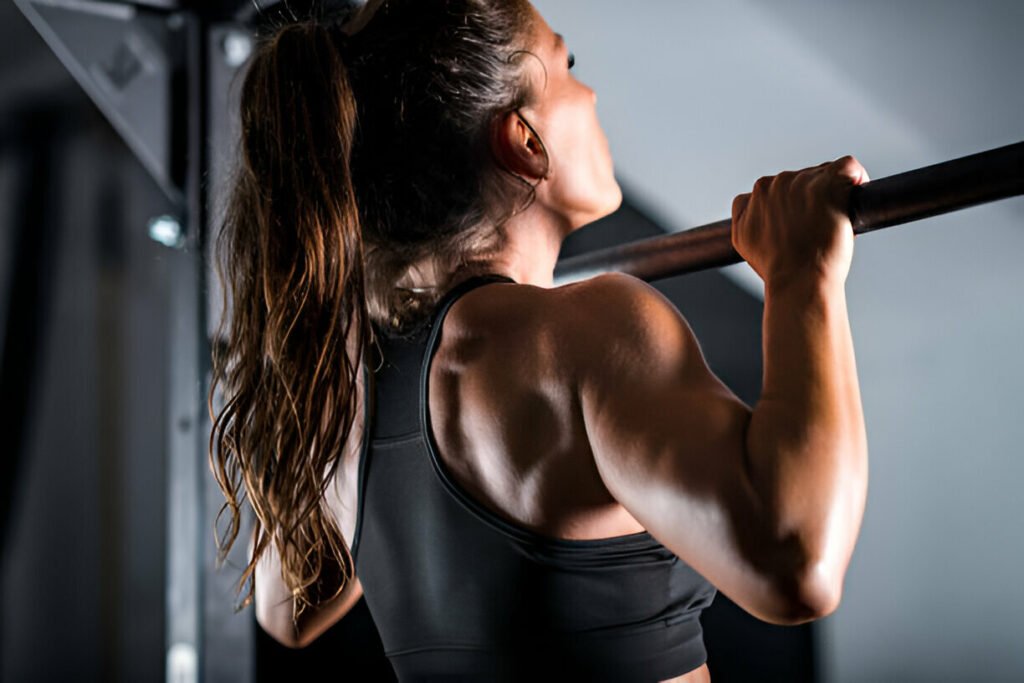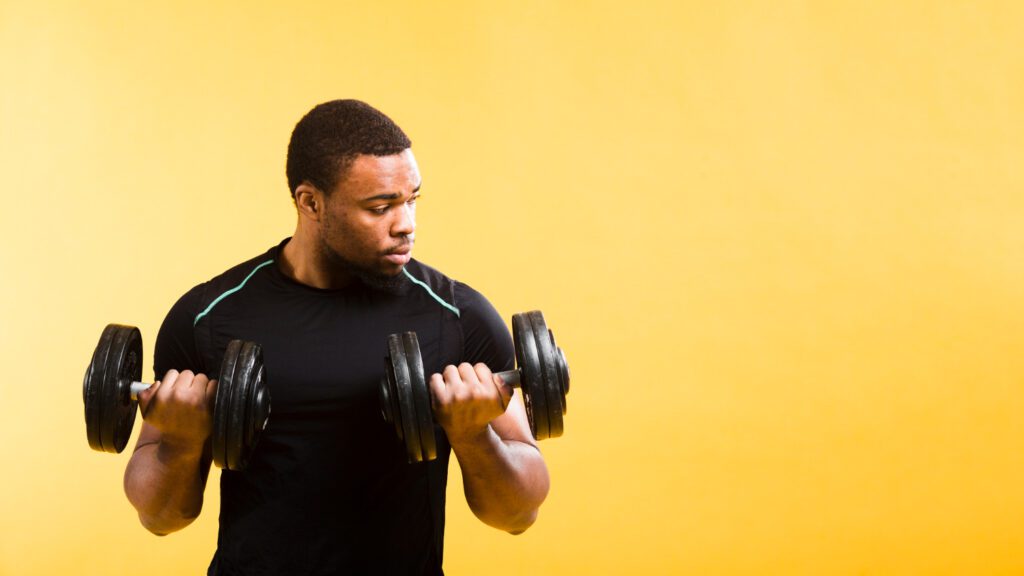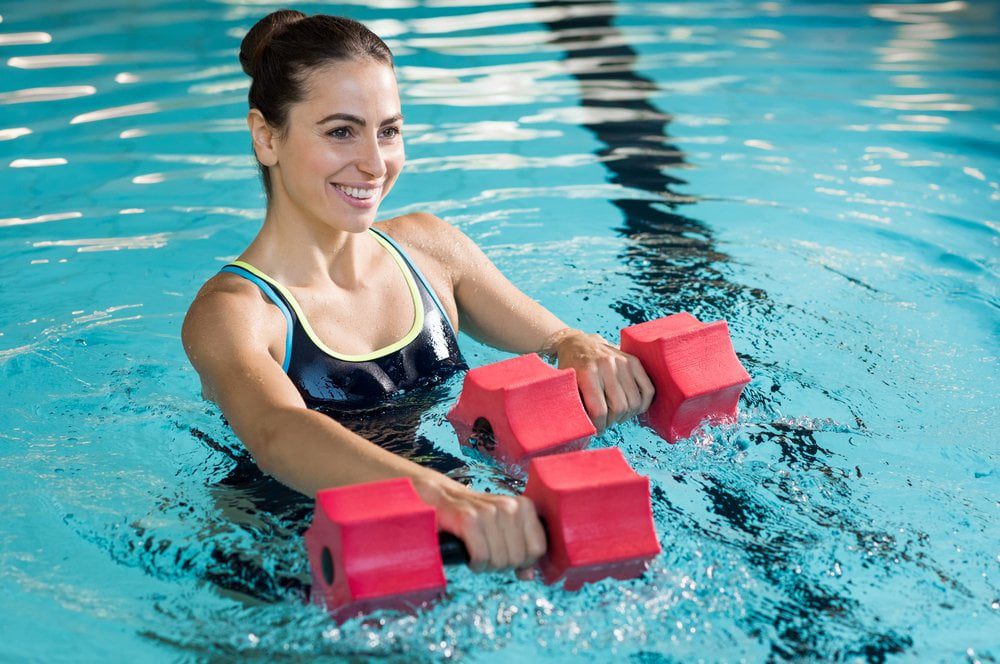For many people, the back is a part of the body that is not as important when training as the chest or arms. But, as we have mentioned on previous occasions, it is important to compensate, and therefore the back muscles must be trained at the same level as the pectorals. For this reason, in this post we are going to focus on how to work the back using pulleys.
When it comes to working out in the gym, there are countless routines and training techniques. Pulleys are a way to work the body. The vast majority of routines usually include them, but not at the same level as we do with free weights such as dumbbells or kettlebells. Therefore we are going to highlight them below.
Benefits of Working with Pulleys.
First of all, it is very important that we take into account what working with pulleys will mean for us. In this case we want to focus on some of the benefits that training using this technique will offer us:
- When working with a pulley, the weight does not move directly, but rather through the pulley. This will allow us to get much more out of the exercise, especially in the eccentric phase, since with free weight we will tend to let ourselves go. In the pulley this will not happen, since we will contain the return more, and with this we will achieve better results, since we will not stop making the muscles work.
- The intensity varies throughout the exercise, since the different movements that we are going to perform on the pulley are totally variable depending on the posture and the phase we are in of the movement. This will make the training more dynamic and keep the muscles alert throughout the exercise.
Other Benefits.
Working with pulleys will mean greater intensity throughout the exercise, making us work harder and differently than with free weights.
- When working with pulleys, the tension is constant, because we do not lift the load directly, so in any phase, the resistance that will be offered to us is high, and therefore the results will be much better.
- Pulley work is much more controlled at all times, which will give us greater security when performing any exercise, since the movements are more effective and there is less room to deviate from the marked route.
- The pulley allows us a richer and more varied work, since we can include different grips and attachments, which will help us vary the angle of muscular work.
Once we know the benefits that this way of working will offer us, it is necessary that we realize that the pulleys put at our disposal an infinite number of exercises to work the back. On this occasion we are going to highlight five, which will help us to enrich our training and increase the possibilities within our reach.
Top 5 Exercises with Pulleys To Strengthen Your Back in Gym.
Chest Pulldown With High Pulley.
First of all we are going to stop at the chest high pulley pulldown . It is a classic when it comes to working the back . It is important that we keep in mind that it should not be done, or it is not recommended, to do it behind the neck. The movement to the chest is more natural, and therefore the risk to be taken is minimal.
To do this, we will place an open grip on a pulley, which allows us to place both hands with an opening a little wider than our shoulders. We will sit at the base of the pulley, and we will grab the bar with both hands to raise the load through the action of the dorsal muscles. It is important to maintain correct posture and activate the dorsal muscles when attracting the load.
The exercise seems simple, since it consists of bringing the bar to the chest. But technique is very important, as we must avoid arching our back or leaning back too much to give ourselves momentum . If this happens, the ideal is to lower the load. We must stretch our arms to the maximum, and from above, through the action of the lats, attract the weight towards us with a controlled and concentrated movement on the back.
Close Grip High Pulley Pulldown.
As a second alternative, we are going to stop at a similar exercise, only in this case, the pull will be with a close grip . In the previous exercise we worked more on the outer part of the dorsal muscles, while in this one we will do it with the central part of the back. In this way we will strengthen the muscles that surround the spine.
To do this we will use a closed grip, which will force us to grab with both hands in front of the chest, and without opening more than the central part of the pectoral. The execution is similar to the previous one, since we must attract the load towards us by bringing our hands to our chest, and to do so we will activate the interior dorsal muscles .The closed grip will make us activate the innermost muscles of the back and work in a different way than with the open one.
It is important that the movement be performed precisely and aware of the muscular work we are looking for. To achieve this, we will not arch our back or propel ourselves by moving our backs backwards. The load plays a very important role here, because if we overdo it, we will tend to arch our shoulders forward, and we will stop working on the part we want.
Pull Over with a Pulley.
As a third alternative , we propose the pull over with a pulley . We can do this exercise with different grips. On the one hand there would be the rope, which allows us a greater range of movements and adaptability, and on the other the short bar, which is much more rigid and with a smaller range of movements. Both alternatives will allow us to work on the pulley.
To do this we will place the high pulley with the grip. The important thing is that we position ourselves in the correct way. We must do it facing the pulley. We will grab the corresponding grip with both hands. It is essential to stand with our feet slightly apart and our back straight . We must lean forward a little, and to do this we will bend our knees slightly and stick our butt back. Positioning is essential to perform the pull over well, since the back must remain straight and the arms stretched
The spine should remain straight and the arms stretched above the head . In this position, and without arching the back, we will draw the weight towards us in the direction of the pelvis. To do this we will activate the dorsal part, which will be the one that withstands the tension of the exercise. It is very important to control the path, since it is easy to include the shoulder or arch the back. To avoid this, it is advisable to use an appropriate load that allows us to control the movement.
Low Pulley Row.
As a fourth option we are going to stop at low pulley rowing . We can do rowing with an open or closed grip . The difference between the two is that we will work with the open one on the outermost part, and with the closed one on the central part of the back. In addition, we can vary the grip and do it in reverse or in the usual way to affect the muscles in a different way.
To do it, we must sit in front of the pulley, which we will place low in this case. We will rest our feet on the appropriate supports for them, and we will push our butt back as much as possible, so that we keep our back straight . It is important that we throw our body as far back as possible, so that it allows us to stretch our arms as much as possible, and thus increase the traction of the back. It is important to lean your butt back to keep your back straight and your arms stretched.
In this position, what we will do is attract the load towards us . To do this we must do it towards the trunk, just below the chest. The way to achieve this will be through the action of the dorsal muscles. The best way to do it is with slow, controlled movements, noticing the tension in each part of the exercise. Using the proper load is important to avoid arching your back or turning your shoulders inward.
Individual Open Pull.
In fifth position we are going to stop at a more complex , but very effective exercise. This is the individual open pull . In this case, each part of the back will work separately. To do this, we must place ourselves in an arc of pulleys, with a pulley on each of our sides, since we are going to grab one of them with each hand.
To perform it, we will stand on our knees with our butt resting on our legs and our back completely straight . With each hand we will grab a pulley, and this will be how we will perform the exercise. To do this we will start with our arms stretched to each side, to be able to control the load and work as we want. We will do the work with each of the hands separately, to work with the same intensity on each side.
In this way, without moving, without bending our back, and without getting up, what we will do is draw the pulleys towards us while we lift the load . We will do it with a pulling movement towards the trunk, by activating the dorsal muscles. It is important to control the exercise at all times and avoid pulling and turning your back to one side or the other. Therefore, the choice of load is essential.
Bottom Line.
Incorporating pulley sports into your exercise ordinary may be rather effective in strengthening your again muscle mass. The pinnacle five sporting events with pulleys stated in this article target numerous muscle groups within the again, supporting to improve posture, lessen the risk of accidents, and growth usual returned electricity. By constantly incorporating those sporting activities into your gym recurring, you may see huge upgrades in your lower back electricity and ordinary fitness stage. Remember to continually use proper shape and approach to maximize the benefits of these physical games.

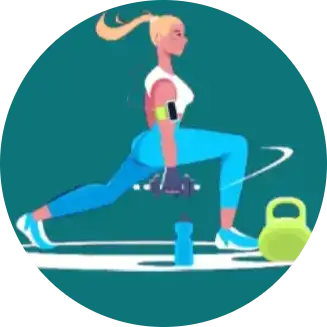 Workout
Workout
 Meditation
Meditation





 Contact Us
Contact Us







